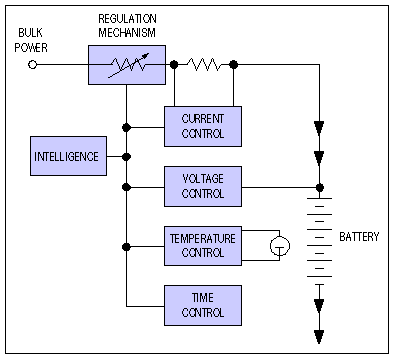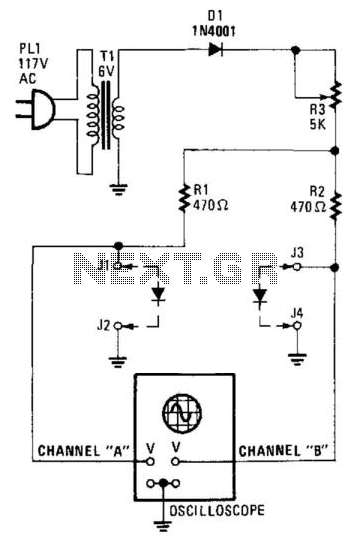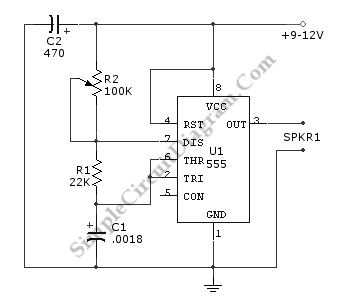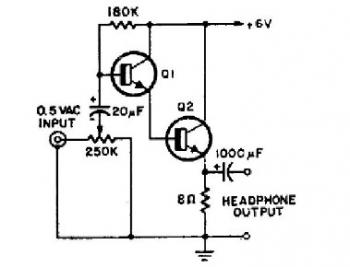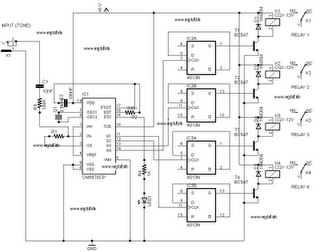
Simple Duophone System PCB
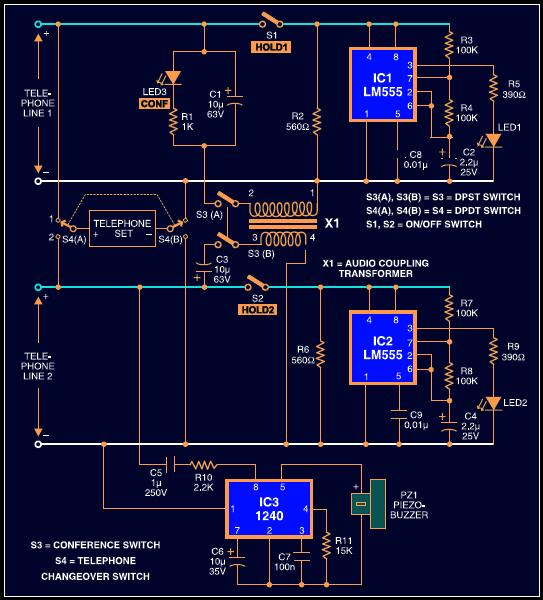
This is a simple circuit diagram of a duophone that enables access to two telephone lines through a single telephone set. Conversations on each line remain entirely private when the conference switch on the dual phone is off. Thus, this duophone circuit possesses the unique feature of allowing communication with two individuals simultaneously, referred to as a three-party telephone conversation or conference facility.
The duophone circuit operates by integrating two distinct telephone lines into a single communication device, which facilitates simultaneous conversations while maintaining privacy. The primary components of this circuit include two telephone line interfaces, a conference switch, and the necessary resistors and capacitors to ensure proper signal integrity and isolation.
When the conference switch is in the "off" position, the circuit isolates the two telephone lines, allowing users to engage in private conversations without interference. Each line is connected to its respective interface, which is designed to handle incoming and outgoing calls independently. This ensures that the audio signals from one line do not bleed into the other, preserving the confidentiality of each conversation.
In the "on" position, the conference switch connects both lines, enabling a three-party conversation. In this mode, the audio signals from both lines are mixed, allowing all parties to hear each other. The design must ensure that the mixing does not degrade the audio quality, which can be achieved using appropriate filtering techniques and amplifiers.
Additional components such as diodes may be employed to prevent back-feeding of signals between the lines, while capacitors can be used to filter out noise and stabilize the power supply. The circuit's layout should be carefully designed to minimize crosstalk and maintain signal integrity, particularly in environments with multiple electronic devices.
Overall, the duophone circuit represents a practical solution for users needing to manage multiple telephone lines efficiently, making it an invaluable tool in both residential and commercial settings.Here a simple circuit diagram of duophone that allows you to access two telephone line through a single telephone set. The conversation through each line will entirely private when the conference switch in the dual phone is off.
So this duophone circuit has a unique feature of talking to two people simultaneously what is called three-party telepho ne conversation/conference facility. 🔗 External reference
The duophone circuit operates by integrating two distinct telephone lines into a single communication device, which facilitates simultaneous conversations while maintaining privacy. The primary components of this circuit include two telephone line interfaces, a conference switch, and the necessary resistors and capacitors to ensure proper signal integrity and isolation.
When the conference switch is in the "off" position, the circuit isolates the two telephone lines, allowing users to engage in private conversations without interference. Each line is connected to its respective interface, which is designed to handle incoming and outgoing calls independently. This ensures that the audio signals from one line do not bleed into the other, preserving the confidentiality of each conversation.
In the "on" position, the conference switch connects both lines, enabling a three-party conversation. In this mode, the audio signals from both lines are mixed, allowing all parties to hear each other. The design must ensure that the mixing does not degrade the audio quality, which can be achieved using appropriate filtering techniques and amplifiers.
Additional components such as diodes may be employed to prevent back-feeding of signals between the lines, while capacitors can be used to filter out noise and stabilize the power supply. The circuit's layout should be carefully designed to minimize crosstalk and maintain signal integrity, particularly in environments with multiple electronic devices.
Overall, the duophone circuit represents a practical solution for users needing to manage multiple telephone lines efficiently, making it an invaluable tool in both residential and commercial settings.Here a simple circuit diagram of duophone that allows you to access two telephone line through a single telephone set. The conversation through each line will entirely private when the conference switch in the dual phone is off.
So this duophone circuit has a unique feature of talking to two people simultaneously what is called three-party telepho ne conversation/conference facility. 🔗 External reference
